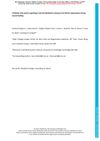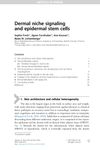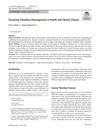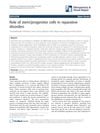Defining Skin Fibroblastic Cell Types Beyond CD90
October 2018
in “
Frontiers in Cell and Developmental Biology
”
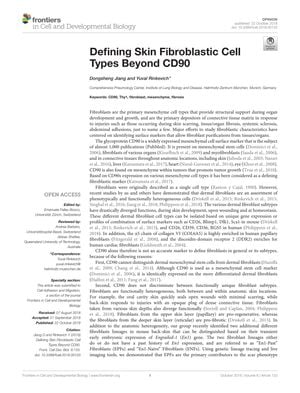
TLDR The conclusion is that CD90 is not a specific marker for fibroblast subtypes and better methods are needed to identify them.
The document from October 22, 2018, critiques the use of CD90 as a marker for identifying fibroblast subtypes, pointing out its lack of specificity. It notes that CD90 is found on various mesenchymal cells and does not accurately represent any particular functional fibroblast subtype. The authors recommend that future research should employ lineage tracing to define fibroblast subsets based on their functions rather than CD90 expression. They also highlight the unclear role of CD90 in fibroblasts and its association with fibrosis. The document calls for the discovery of specific markers for fibroblast subsets to improve cell enrichment strategies for clinical use and suggests that single-cell transcriptome analysis might aid in identifying these unique markers.
